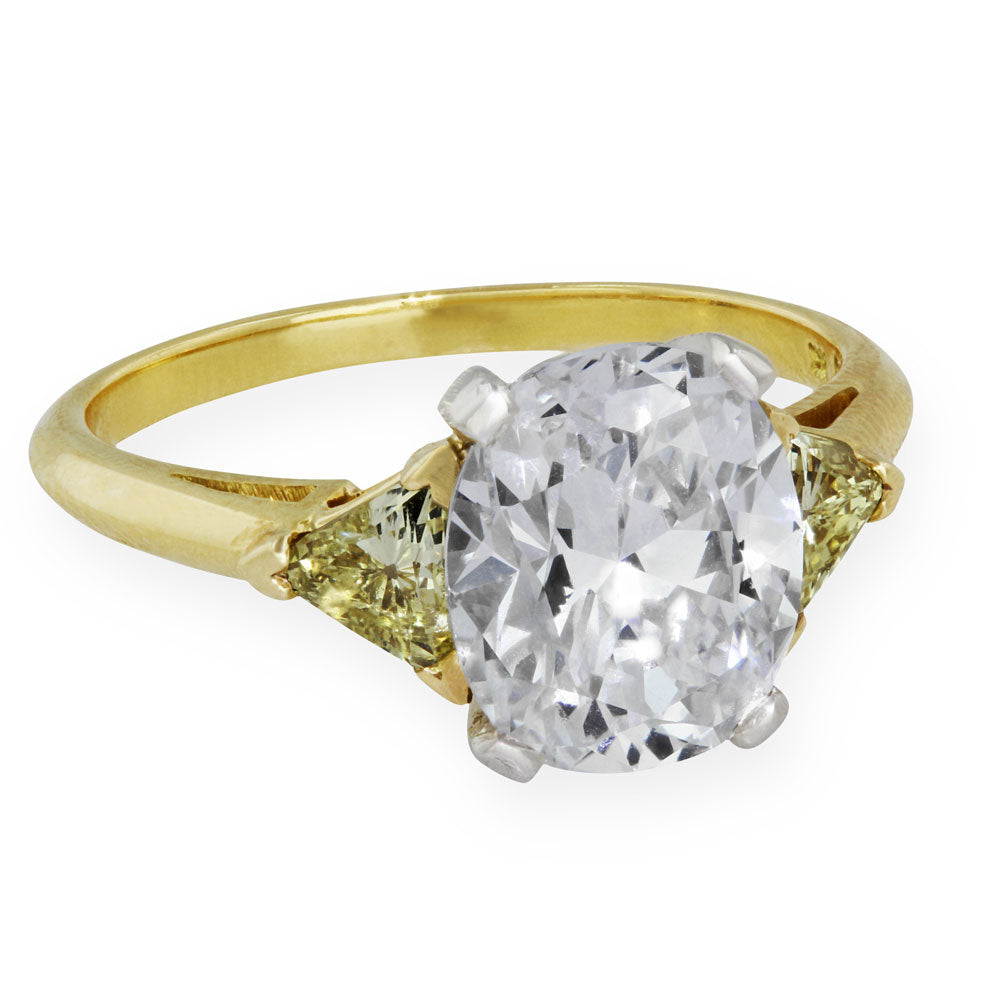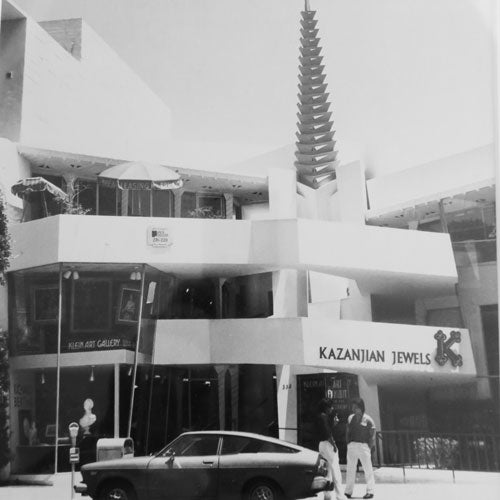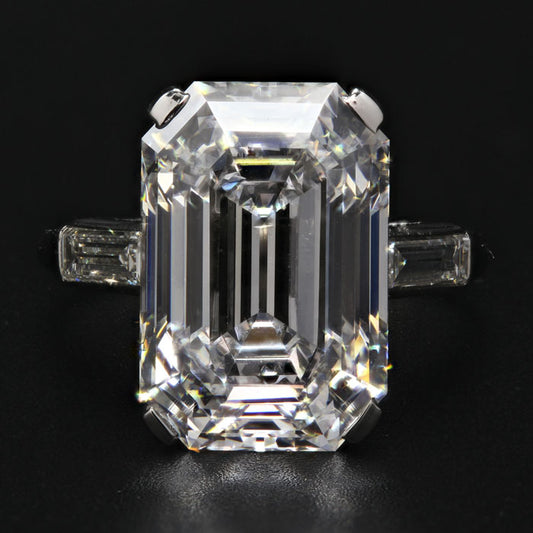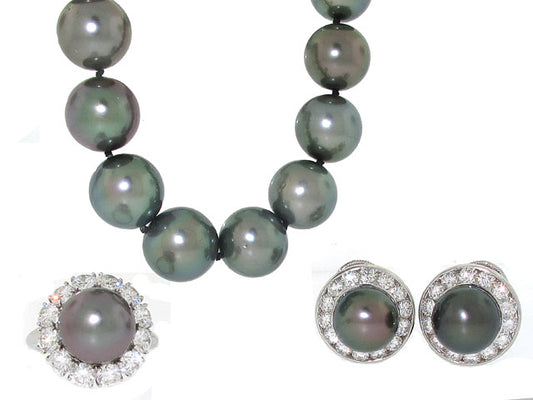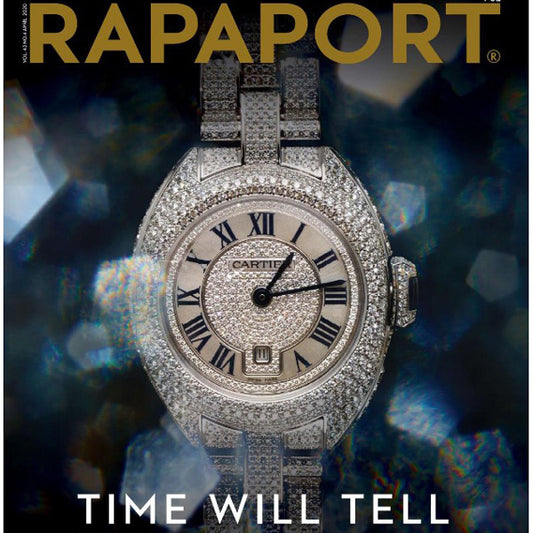Every facet and characteristic of a diamond can be a complex web of information that tells us exactly how precious an individual stone really is. Thankfully there is a comprehensive and concise grading system invented and implemented by the Gemological Institute of America (GIA) and on which the industry relies. But considering the very long history of diamonds, it begs the question: How was the value of a diamond distilled down in a cut and dry way before the GIA was founded? Geographically, it turns out, and often with a few superlatives slapped on for good measure.
Prior to the founding of the Gemological Institute of America (GIA) in 1931, the informally structured color grading of diamonds served as the initial step in sorting diamond rough for sale by the London Diamond Syndicate. As the diamond trade rapidly grew, and diamonds became a much sought after global luxury commodity, early diamond grades were introduced by various parties in the trade.

From the Beladora archives: A Tiffany & Co. 2.48 carat E/VVS2 diamond ring
Absent any co-operative development, these early grading systems lacked standard terminology and consistency. The classification of diamond color was hence often associated with the geographical region in which the rough was found, or the name of the mine in which it was discovered. Terms such as “Golconda,” named for the ancient city of Golconda, in south central India, and “Jager,” named for the Jagerfontein Mine in South Africa are examples of this archaic nomenclature.

Rare natural pink diamond from the Golconda region
Other forms of diamond color classification inhered from the geological conditions under which a diamond was unearthed. “River” diamonds are those found in rivers or alluvial deposits, rather than mined through volcanic “pipes.” Such stones were revered for their transparency and unusually fine color. By way of example, an appraisal citing an “Extra, Extra, Extra River,” diamond indicates an absolutely colorless, diamond.

Old Tiffany appraisal citing “Extra Extra Extra River”
Eliminating the inconsistency in diamond color grading, the GIA’s International Diamond Grading System became the global standard for grading fine diamonds in 1953. A chart comparing the GIA’s standardized color system to the far more subjective archaic color rating designations appears below:
| GIA Color | Old Designation |
| D | Jager (Jagerfontein Mine, South Africa) |
| E | River (river bed/alluvial deposits) |
| F | River |
| G | Top Wesselton (Wesselton Mine, South Africa) |
| H | Wesselton |
| I | Top Crystal |
| J | Crystal |
| K | Top Cape |
| L | Top Cape |
| M | Cape |
| N | Low Cape |
| O | Very Light Yellow |
| P-Z | Light Yellow |

